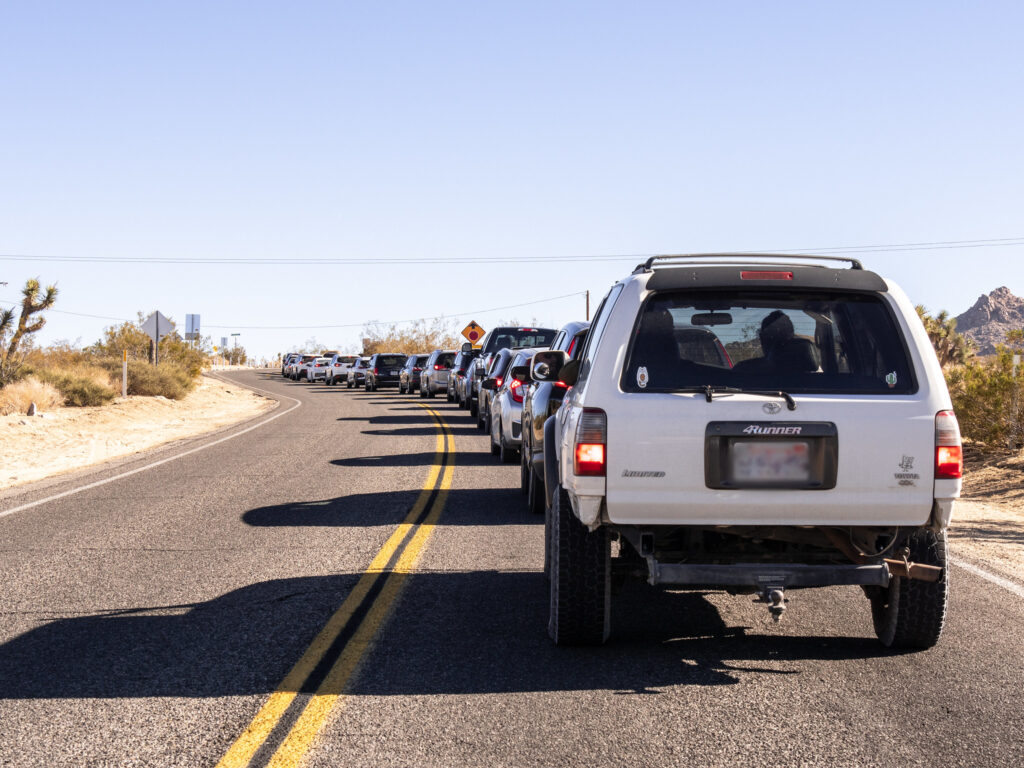
FEATURE — For some, it’s the desert flora that attracts them to the park. For others, it’s the rock formations.
It took the combination of both to ensure the preservation of a large swath of Mojave Desert land in Southern California as Joshua Tree National Monument.
The Joshua tree, or “Yucca brevifolia,” is in the Yucca genus but has the “habits” of a tree. Even the park website suggests the trees look like something out of a Dr. Suess book.
The commonly accepted story of the unique tree’s name comes from Latter-day Saint settlers who crossed the Mojave Desert in the late 19th century.
“Legend has it that these pioneers named the tree after the biblical figure, Joshua, seeing the limbs of the tree as outstretched in supplication, guiding the travelers westward,” the park’s web page states.
Unlike a traditional tree, it does not exhibit age rings making age difficult to determine. For a desert species, they are fast-growing and can rise approximately three inches per year and live anywhere between approximately 200 to 1,000 years.
Native Americans used the Joshua Tree’s seeds, raw or roasted, for food and used its leaves to work into baskets or sandals. Early ranchers and miners used the Joshua tree for fuel and as fence posts for cattle.
Plate tectonics and volcanic activity created the “granitic” rocks visitors see today, which at times looked like they were stacked deliberately by some sort of giant than by the random forces of uplift and erosion.

Early inhabitants
Archaeologists of the 1920s and 1930s concluded that human life in what is now Joshua Tree National Park began between 10,000 to 4,000 years ago when the area experienced a cooler and more moist grassland environment. These people were adept hunter-gatherers called the Pinto Culture due to evidence of transitory campsites of the people in the Pinto Basin, wrote Larry M. Dilsaver in “Joshua Tree National Park: A History of Preserving the Desert,” the park’s administrative history prepared in 2015.
The early Pinto Culture are believed to be a mobile population dependent on large game hunting and season plant gathering. But as the moisture in the climate decreased to more of an approximation of today, they adapted to hunt small game and process small seeds, Dilsaver explained.
Three Native American groups occupied what is now the park by the time European-Americans first arrived in the area in the late eighteenth century: the Cahuilla, Chemehuevi and Serrano tribes, who all shared the same language family. The Mojave Indians, who spoke a language of a different family, also regularly passed through as they traveled through on long trading excursions and social visits to the coast, Dilsaver noted. All four tribes interacted with one another and the Serrano, as the closest group to the Spanish missions along the coasts, became targets of capture and conversion by Franciscan missionaries.
“After decades of living in proximity to each other, pressure from white settlers led to a war between the Chemehuevi and the Mojave from 1864 to 1867,” Dilsaver wrote. “At that time, the outnumbered Chemehuevi temporarily retreated into the desert and some moved to the abandoned Oasis of Mara.”
Once peace returned, many Chemehuevi tribal members moved back to the banks of the Colorado River, but some stayed at the oasis. Their descendants make up the Twentynine Palms Band of Mission Indians. All four of the tribes, although their numbers are few, still live around Joshua Tree National Park.
“While multiple Native American communities are associated with the park, none of these people lived exclusively within the park’s boundaries, and culturally the boundary of the park is not significant,” Joshua Tree National Park Public Information Officer Hannah Schwalbe said. “The traditional territories of the native people extend well beyond the lands currently called Joshua Tree National Park.”
First European contact and ranching interests
The first Europeans to explore the Southern California desert hailed from Spain.
“In 1772, the future governor of Alta California, Pedro Fages, led an expedition from the coast eastward into the San Bernardino area hunting for escapees from the mission at San Diego,” Dilsaver wrote. “This episode did not establish a route but did introduce the Europeans to the Joshua Tree which they called the date palm.”
At one time, Spanish officials planned to build another north-south axis of missions in the interior to protect the coastal ones while expanding their settlement and proselytizing programs, but could not find the funds or personnel to carry the plan forward.

Fur trappers and guides came to the area next, including Jedediah Smith of the Rocky Mountain Fur Company, who led the first group along the Mojave Trail in November 1826. Soon after, others followed, including Christopher “Kit” Carson.
Dilsaver mentioned that by the 1850s, many of the people drawn to Southern California began exploring the adjacent deserts seeking its “frontier” qualities, especially its potential for mineral wealth, grazing lands and a lifestyle removed from the legalities of the city.
The first Americans to utilize the Joshua Tree area consistently were cattlemen during the 1870s. Dilsaver explained that at that time, what is now the park received more rainfall than it does presently and was more able to support a variety of native grasses, cactus and other desert vegetation suitable for cattle.
Cattle rustler Jim McHaney established an operation that brought cattle stolen from Mexico and Arizona to the area, headquartered at what they called “Cow Camp” on the western end of the Wonderland of Rocks, keeping their herds penned in Hidden Valley. The area’s isolation led to a successful operation for more than a decade but the establishment of Riverside County in 1893, an influx of miners to the area and better law enforcement signaled an end to the operation in the waning years of the 19th century.
In the early 20th century, a few legitimate cattle operations moved into the lands of the future park. The one most remembered and interpreted in the park is that of William “Bill” Keys, who arrived in the area in 1910 and clashed with one of the other operations run by C.O. Barker and Will Shay. For instance, Keys filed homestead claims that eventually blocked the Barker-Shay operation from the reservoir behind Barker Dam, named for Barker himself.
Bill and his wife Frances established what became known as the Desert Queen Ranch, raising their four surviving children at the location. In 1936, it became a private inholding completely enveloped by the monument. The Keys built a school and hired a teacher to teach their own children. Eventually, the children of other nearby cattlemen began attending to get their education. Today’s visitors will see the ranch house, schoolhouse, store and workshop that still stand and the grounds are full of cars, trucks, mining equipment and spare parts used by the Keys family, a sign that Mr. Keys himself was a “meticulous packrat,” Dilsaver concluded.

“When others failed and gave up, he would go to their homesteads, determine that indeed the property was abandoned, then strip it of anything that might be useful,” a Desert USA bio on Keys by David Taylor reads. “He picked up entire structures and hauled them back to his ranch. Tools, bolts and screws of every size and description were laid out so that he, and later, prospective buyers could quickly and easily find what they needed.”
Frances’ business was accommodating the growing numbers of tourists who came to the park. She rented out cabins for guests and operated a little store.
The story goes that in 1943, a former deputy sheriff named Worth Bagley ambushed Keys just outside of his ranch. Keys returned the fire and killed Bagley.
“The trial was a mockery of justice, with some powerful cattle ranching interests twisting the results against Keys,” Taylor wrote. “Bill was found guilty of murder and sent to jail.”
He spent five years in prison, getting out at the age of 69. Once home again, he went right back to work.
Frances died in 1963 and Bill died in 1969. Their children left their ranch before their parents’ deaths so the ranch died with Bill’s passing.
Park designation history
In the late 19th and early 20th centuries, doctors came to the realization that dry desert air could help patients with respiratory problems. Judge John Guthrie McCallum of San Francisco became the first non-Indian permanent resident of Palm Springs in 1884, seeking better health for his son who suffered from tuberculosis. Others followed, including World War I veterans suffering from the effects of mustard gas who sought the hot, dry desert climate for its healing properties, Dilsaver wrote.
Dr. James Luckie of Pasadena, California treated many war veterans and also became attracted to the area, seeking a place with dry, clean air at an elevation of at least 2,000 feet to ensure cooler weather than Palm Springs. Luckie settled in Twentynine Palms and began attracting veterans and other health seekers to his clinic. By 1936, Twentynine Palms was a booming health resort.
In addition to health seekers, favorable wetter weather in the early 20th century led to an influx of homesteaders hoping to develop farms and ranches in the area. During the same time period, the construction of better roads started to erode the area’s isolation.
Dilsaver explained three main reasons that led to the establishment of Joshua Tree National Monument. First, scientists and desert aficionados sought protection for the fragile desert flora. Second, Los Angeles officials sought a recreation destination to cope with its increasing population and third, the National Park Service and the California State Park system sought to fill out their systems with quality examples of the natural and cultural heritage of the region.

Native Mississippian Minerva Hamilton Hoyt, the wealthy wife of a prominent doctor, was captivated by the desert after moving to California in the 1890s. She became a major driving force in the establishment of the monument starting in the late 1920s. As a member of the Pasadena Horticultural Association, she created elaborate desert conservation displays of desert flora and fauna for the Garden Club of America show first in New York, then Boston and later, in London, England. These displays gain recognition all around the world.
Hoyt was alarmed at the denudation occurring in the desert from commercial florists, amateur gardeners, who adorned their yards with native desert flora, as well as furniture manufacturers, which liked the qualities of Joshua Tree wood.
“There was a great deal of vegetation harvesting in the area,” explained Schwalbe. “Cactuses were especially trendy in the nearby cities as gardening plants, so people would drive out to the desert, harvest cactus to resell in a nearby city. This was part of the reason that local activists like Minerva Hoyt were motivated to help protect the area that is now Joshua Tree.”
In 1930, Hoyt founded the International Desert Conservation League and began a campaign to protect California’s deserts with some type of government preserve, preferably as a unit of the national park system.
“Once Minerva Hoyt’s campaign for a desert national park became known, letters of support poured into NPS officials,” Dilsaver explained. “Organizations such as the Automobile Club of Southern California urged the government to recognize the need for a large, protected recreation area for its growing membership.”
The next step was to choose the location of the monument that would protect a large expanse of Joshua trees. To help with that, the NPS turned to Pomona College botanist Philip Munz. Munz noted that the area west of Palmdale and Lancaster have ‘veritable forests of Joshua trees’ but are located in flat, open country. Therefore, he said he preferred the Keys Ranch area because it was home to other interesting plants as well as its striking rock formations of red granite,’ Dilsaver wrote. Others in influential positions, Hoyt among them, agreed with Munz’s assessment. Another advantage of the site was its close proximity to the Los Angeles area, meaning it was easily accessible to recreation seekers.

The State of California had a bill go all the way to the governor’s desk proposing a state park in the area. Hoyt, favoring NPS protection rather than state, asked Governor James Rolph to veto the bill, which was beset by some procedural and legal issues. Rolph complied with her request.
In 1933, Hoyt traveled to Washington D.C. to meet with NPS officials in an attempt to convince them and the Roosevelt administration to withdraw significant acreage from the public domain for the proposed unit, which took on the working name of “Desert Plant National Park.”
Some favored naming the park after Hoyt herself, but NPS higher-ups opposed naming a park after a living person, concluding that it would establish an undesirable precedent. They felt that parks should be named for their topography and scenery, not the person who helped establish them. Hoyt preferred the name Joshua Tree National Monument, which she predicted would help in the campaign for its designation.
Land acquisition was the last main obstacle being the reticence of the Southern Pacific Railroad, which owned alternating sections of land throughout the monument as well as private landholders on its fringes. Trying to ensure a greater swath of protection, many in the pro-monument constituency pushing for its establishment balked at a smaller monument, wanting to press on to ensure the larger proposed boundary of the park could be realized. Land swaps with the state and compensation for private landowners helped the monument become a reality. The railroad was the hardest landowner to deal with.
“Problems with the inclusion of certain railroad lands forced a reduction in the size of the proposed park from over one million acres to a more modest 825,000 in the final proposal,” reads the park’s history page about Hoyt. “On August 10, 1936, President Roosevelt signed a presidential proclamation establishing Joshua Tree National Monument. Minerva finally had her grand desert park.”
At first, the superintendent of Yosemite National Park administered the monument until James Cole’s appointment as the first superintendent in 1940.
“The eastern portion of the historic Oasis of Mara was deeded to the National Park Service by the Twentynine Palms Corporation in 1950,” the park’s history page notes. “That same year the monument’s size was reduced by 265,000 acres to exclude some mining property.”
As part of the Desert Protection Bill, Joshua Tree National Monument received national park status on October 31, 1994. The bill added 234,000 acres to the park and enabled the boundary to follow natural features and include complete ecological units such as entire mountain ranges.
“Previous boundaries divided these ranges along survey lines,” the park history page says. “The additions provide better resource protection with easier boundary identification and monitoring and important habitat for desert bighorn sheep.”

Visiting Joshua Tree
Though named for the most easily recognizable species within its boundaries, Joshua Tree National Park provides habitat for many different organisms, including 813 higher plant species, 46 reptile species, 57 mammal species, and over 250 bird species.
The park offers many different areas visitors can stop to get out and hike to view the unique terrain and climb the rocks. The main area of historical interest is the Keys’ former Desert Queen Ranch as well as remains from mining activity in the area.
Just like most national parks throughout the country, visitation at Joshua Tree has increased dramatically over the last five years with the West Entrance, especially, being particularly busy.
“Joshua Tree currently hires staff specifically to help manage traffic, including a staff member who manages a second lane at the West Entrance to expedite the line,” Schwalbe said. “The park has tried other solutions in the past few years including the Roadrunner Shuttle, a bus system that transported visitors to popular trailheads and destinations in the park so they could avoid crowded parking lots. The park will continue to look into other methods to improve the visitor experience and mitigate the impacts from crowds.”
The best time to visit is during late fall, winter and early spring as summer temperatures are scorching.
For more information about Joshua Tree, visit the park website.
Click on photo to enlarge it, then use your left-right arrow keys to cycle through the gallery.
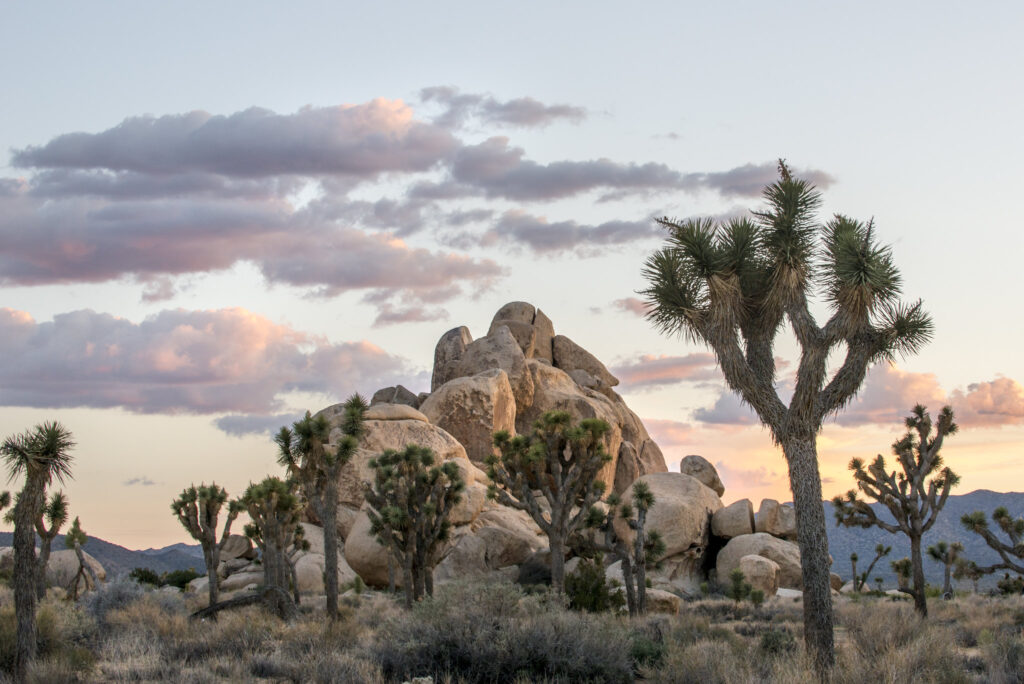
An undisclosed location at Joshua Tree National Park in California on an undisclosed date | Photos courtesy of National Park Service, St. George News

An undisclosed location at dusk at Joshua Tree National Park in California on an undisclosed date | Photos courtesy of National Park Service, St. George News
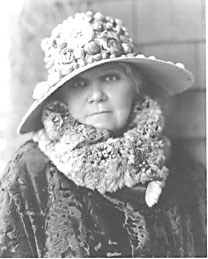
This is a portrait of Minerva Hoyt, the woman who played a major role in the designation of Joshua Tree National Monument in 1935, date unspecified | Photo courtesy of Joshua Tree National Park, St. George News
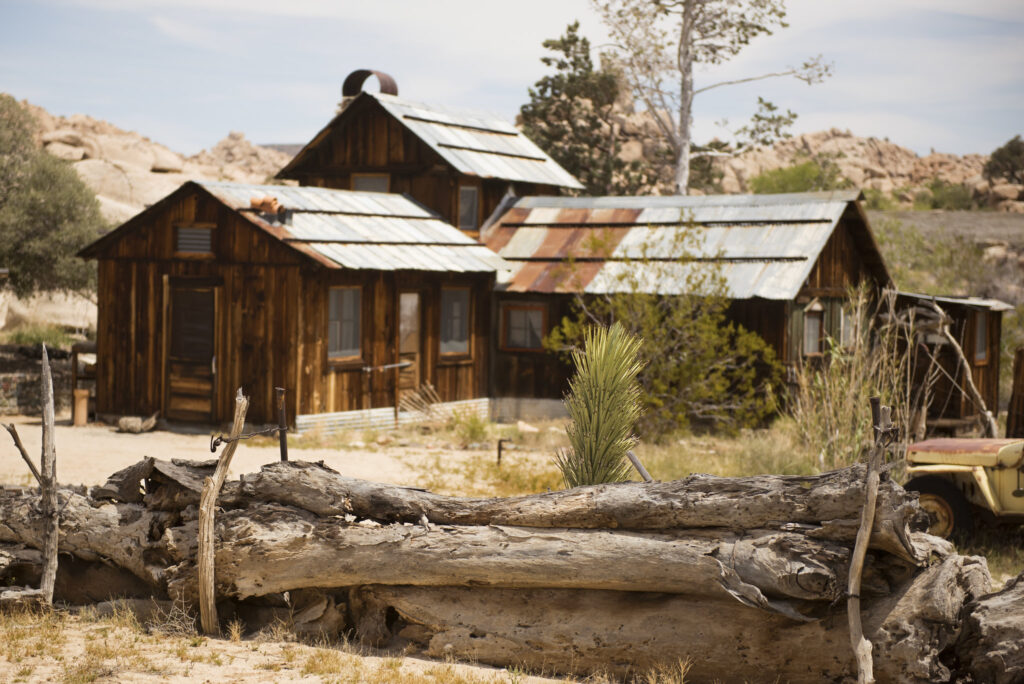
The house at the Keys' Desert Queen Ranch is still standing, Joshua Tree National Park, date unspecified | Photo courtesy of Joshua Tree National Park, St. George News
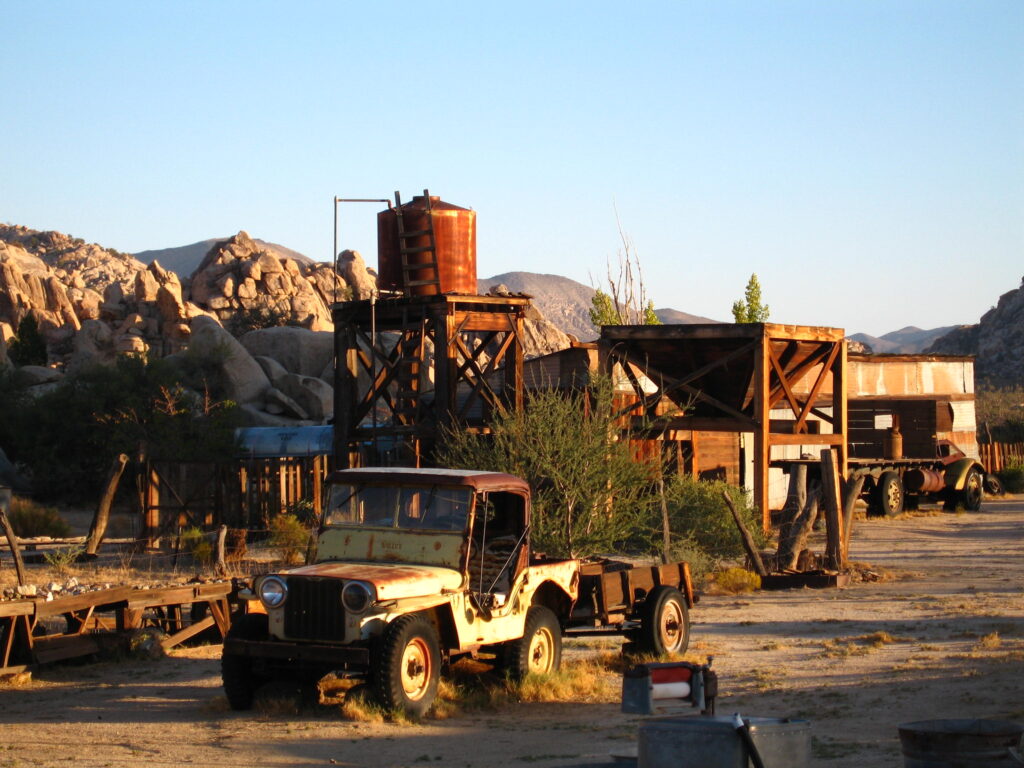
An old Willy's Jeep sits in the midst of other vehicles and implements at the Desert Queen Ranch in Joshua Tree National Monument, California, date unspecified | Photo courtesy of Joshua Tree National Park, St. George News
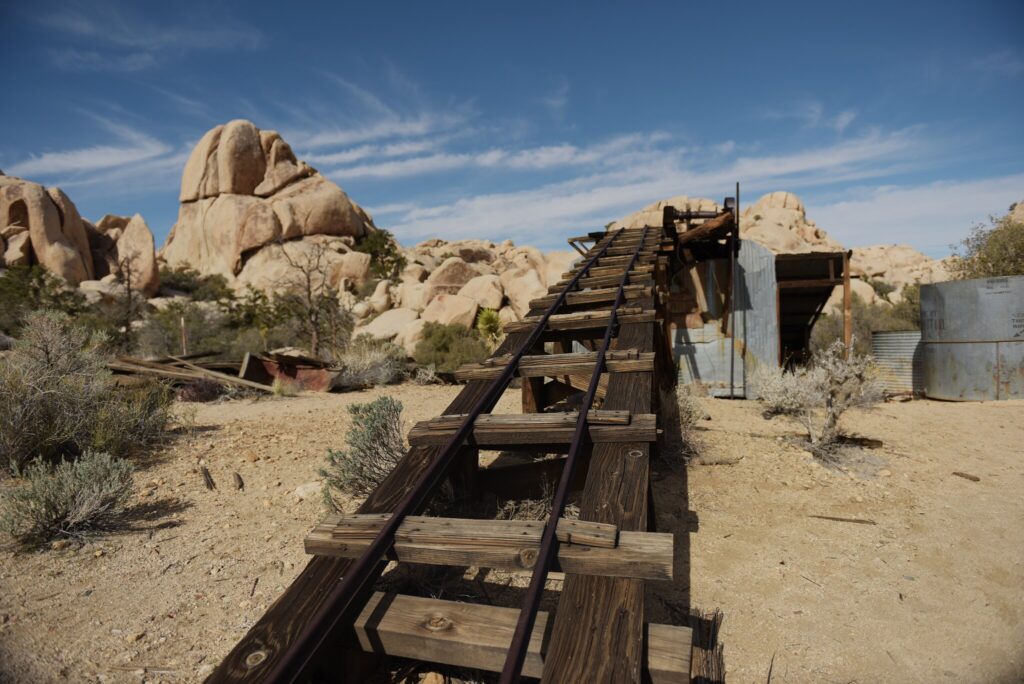
The old Lost Horse Mine is one example of mining activity that once went on in Joshua Tree National Park, California, date unspecified | Photo courtesy of Joshua Tree National Park, St. George News

Cap Rock is one of the many places visitors can stop to hike and climb around on rock formations, Joshua Tree National Park, California, Dec. 29, 2020 | Photo by Reuben Wadsworth, St. George News
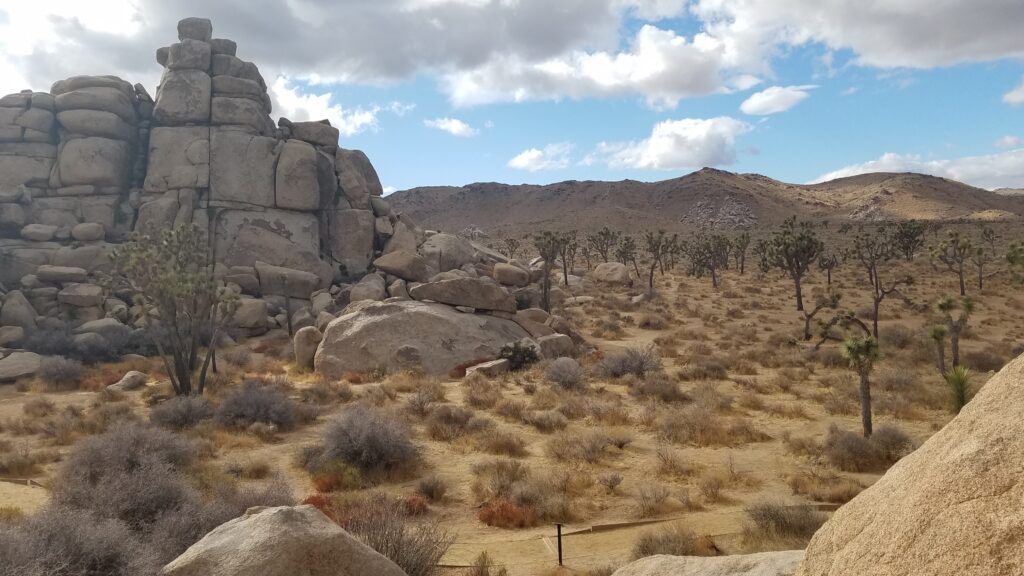
The Cap Rock area provides excellent views of the surrounding rock formations, Joshua Tree National Park, California, Dec. 29, 2020 | Photo by Reuben Wadsworth, St. George News

The Skull Rock area is an ideal place to explore and scurry around otherwordly rock formations, Joshua Tree National Park, California, Dec. 29, 2020 | Photo by Reuben Wadsworth, St. George News
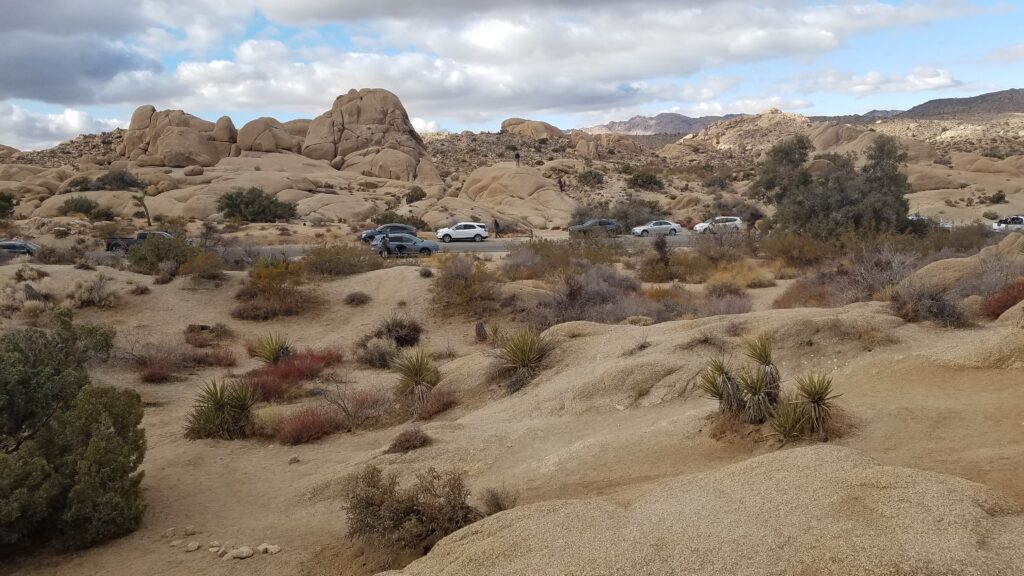
Skull Rock is a popular area with many visitors parking along the shoulder of the road to stop and take in the view, Joshua Tree National Park, California, Dec. 29, 2020 | Photo by Reuben Wadsworth, St. George News
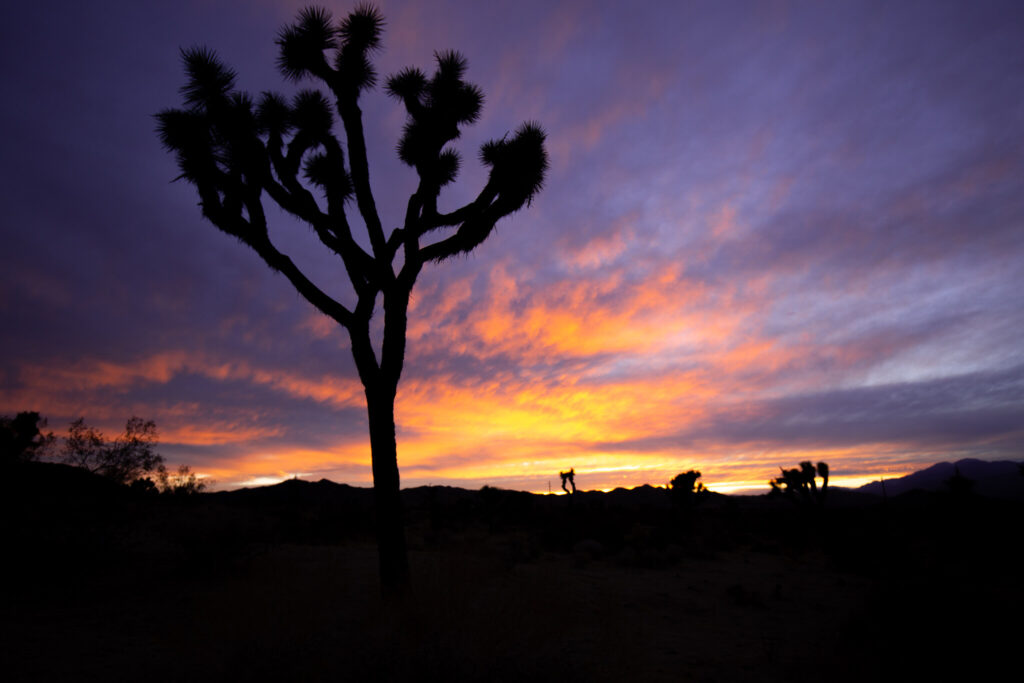
Joshua trees make unique silhouettes in the setting sun, Joshua Tree National Park, California, date unspecified | Photo by courtesy of Joshua Tree National Park, St. George News
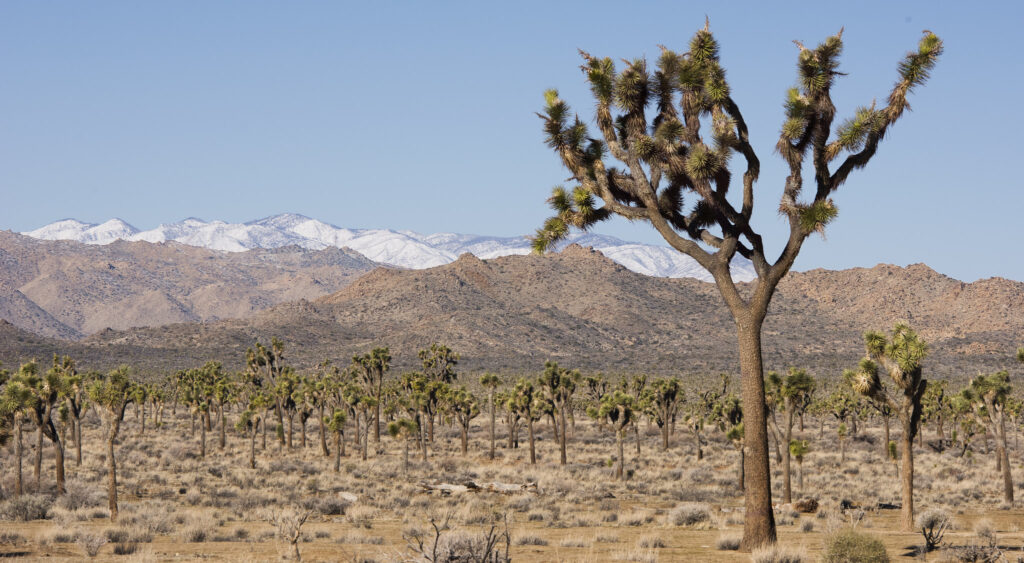
Snow-capped mountains make a wonderful contrast with a Joshua tree-filled desert landscape, Joshua Tree National Park, California, date unspecified | Photo by courtesy of Joshua Tree National Park, St. George News
About the series “Days”
“Days” is a series of stories about people and places, industry and history in and surrounding the region of southwestern Utah.
“I write stories to help residents of southwestern Utah enjoy the region’s history as much as its scenery,” St. George News contributor Reuben Wadsworth said.
To keep up on Wadsworth’s adventures, “like” his author Facebook page or follow his Instagram account.
Wadsworth has also released a book compilation of many of the historical features written about Washington County as well as a second volume containing stories about other places in Southern Utah, Northern Arizona and Southern Nevada.
Read more: See all of the features in the “Days” series
Email: [email protected]
Twitter: @STGnews
Copyright St. George News, SaintGeorgeUtah.com LLC, 2021, all rights reserved.

